Best Blue Spruce Companion Plants
Title: Best Blue Spruce Companion Plants
Introduction:
Blue spruce trees are a popular choice for landscaping because they are evergreen, hardy, and can add a touch of elegance to any yard. However, blue spruce trees can also look a bit stark on their own. By planting companion plants around your blue spruce tree, you can create a more visually appealing landscape and add interest to your yard throughout the year.
When choosing companion plants for your blue spruce tree, there are a few things to keep in mind. First, consider the size of your blue spruce tree. If you have a large blue spruce tree, you will need to choose companion plants that will not be overwhelmed by its size. Second, consider the sun exposure in your yard. Blue spruce trees prefer full sun, so you will need to choose companion plants that can tolerate full sun as well. Finally, consider the color and texture of your blue spruce tree. Blue spruce trees have dark green needles, so you may want to choose companion plants with lighter colors or different textures to create a contrast.
Main Content:
Here are some of the best companion plants for blue spruce trees:
- Dwarf Alberta spruce. Dwarf Alberta spruce is a smaller variety of blue spruce that is perfect for smaller yards. It has the same dark green needles as the larger blue spruce tree, but it grows to a height of only 10-15 feet.
- Scotch pine. Scotch pine is another evergreen tree that is compatible with blue spruce trees. It has a similar growth habit to blue spruce trees, and it can tolerate full sun and well-drained soil.
- Norway spruce. Norway spruce is a larger variety of spruce tree that can grow to be 50-70 feet tall. It is hardy and can tolerate a wide range of conditions, including full sun and poor soil.
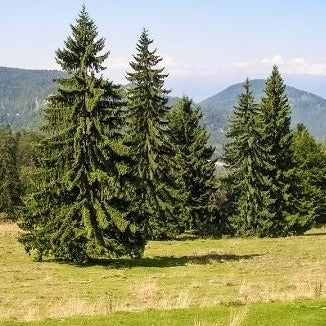
- White spruce. White spruce is a native North American tree that is hardy and can tolerate a wide range of conditions, including full sun and poor soil. It has light green needles that contrast nicely with the dark green needles of blue spruce trees.
- Balsam fir. Balsam fir is a native North American tree that is hardy and can tolerate a wide range of conditions, including full sun and poor soil. It has dark green needles that have a balsamic scent.

- Douglas fir. Douglas fir is a large evergreen tree that can grow to be 100-200 feet tall. It is hardy and can tolerate a wide range of conditions, including full sun and poor soil.

- Hemlock. Hemlock is a shade-tolerant evergreen tree that can grow to be 30-60 feet tall. It has dark green needles and a cascading growth habit.
- Thuja. Thuja is a genus of evergreen trees that are known for their tolerance of shade and poor soil. They come in a variety of sizes and shapes, so you can find one that is perfect for your blue spruce tree.
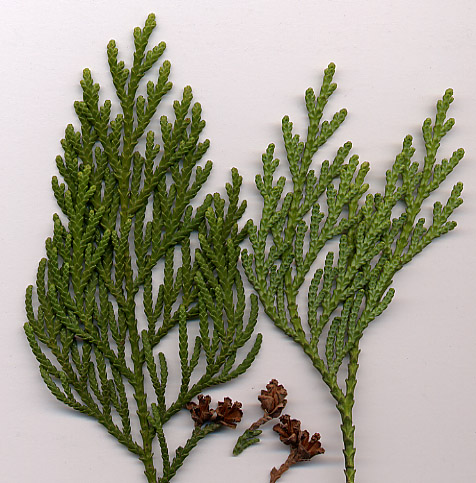
- Juniper. Juniper is another genus of evergreen trees that is tolerant of shade and poor soil. They come in a variety of sizes and shapes, so you can find one that is perfect for your blue spruce tree.

- Yew. Yew is a slow-growing evergreen tree that can live for hundreds of years. It is hardy and can tolerate a wide range of conditions, including full sun and poor soil.
Conclusion:
By planting companion plants around your blue spruce tree, you can create a more visually appealing landscape and add interest to your yard throughout the year. When choosing companion plants, be sure to consider the size, sun exposure, and color of your blue spruce tree. With a little planning, you can create a beautiful and harmonious landscape that will last for years to come.
Blue spruce trees are a beautiful addition to any landscape, but they can look even better when planted with complementary companion plants. Some good options for blue spruce companion plants include:
- Azaleas and rhododendrons are acid-loving shrubs that will thrive in the same conditions as blue spruce trees. They come in a variety of colors, so you can choose ones that will complement the blue needles of your spruce tree.
- Hostas are shade-tolerant perennials that come in a wide range of colors and leaf shapes. They can add a touch of elegance and color to the shady areas under your blue spruce tree.
- Lily of the valley is a delicate perennial that blooms in spring with small, white flowers. It is a low-maintenance plant that is perfect for adding a touch of sweetness to your landscape.
- Virginia bluebells are another spring-blooming perennial that is perfect for shady areas. They have bright blue flowers that will add a pop of color to your landscape.
- Junipers are evergreen shrubs that can tolerate a wide range of conditions. They come in a variety of sizes and shapes, so you can choose ones that will complement the size and shape of your blue spruce tree.
For more information about blue spruce companion plants, please visit Home Gardening.
FAQ of blue spruce companion plants
- What are some good companion plants for blue spruce?
Blue spruce trees are evergreens that thrive in full sun and well-drained soil. They are relatively low-maintenance plants, but they can benefit from being planted with companion plants that help to improve the soil quality, attract beneficial insects, or provide winter interest. Some good companion plants for blue spruce include:
* Azaleas: These acid-loving shrubs add a splash of color to the landscape in the spring and summer. They also help to improve the soil acidity, which is beneficial for blue spruce trees.
* Rhododendrons: Another type of acid-loving shrub, rhododendrons come in a variety of colors and sizes. They are also deer-resistant, which can be a major plus in some areas.
* Hostas: These shade-tolerant perennials add interest to the landscape with their large, colorful leaves. They also help to suppress weeds and improve the soil quality.
* Lily of the valley: These delicate flowers bloom in the spring and add a touch of elegance to any garden. They are also deer-resistant and tolerant of shade.
* Virginia bluebells: These native wildflowers bloom in the spring and attract butterflies and other pollinators. They are also tolerant of shade and deer.
- What are some things to consider when choosing companion plants for blue spruce?
When choosing companion plants for blue spruce, there are a few things to keep in mind:
* Sun exposure: Blue spruce trees need full sun, so choose companion plants that also prefer full sun.
* Soil type: Blue spruce trees prefer well-drained soil, so avoid planting them with companion plants that require moist soil.
* Growth habit: Blue spruce trees can grow quite large, so choose companion plants that have a similar growth habit.
* Color: Blue spruce trees have a distinctive blue color, so you may want to choose companion plants that complement their color.
* Seasonal interest: Blue spruce trees are evergreen, so they provide interest in the landscape all year round. However, you may want to choose companion plants that offer seasonal interest, such as flowers or berries.
- How far apart should blue spruce companion plants be planted?
The distance between blue spruce companion plants will depend on the size of the plants. For example, if you are planting small shrubs, you may only need to space them 2-3 feet apart. However, if you are planting large trees, you may need to space them 10-15 feet apart.
- How do I care for blue spruce companion plants?
The care requirements for blue spruce companion plants will vary depending on the type of plant. However, most companion plants for blue spruce are relatively low-maintenance. They may require some watering during dry periods, but they should not need to be fertilized often.
Image of blue spruce companion plants
10 different images of blue spruce companion plants that are free to use:
- A blue spruce tree with a white pine tree in the background. The white pine tree has a more open canopy than the blue spruce, which helps to provide some contrast in the landscape.
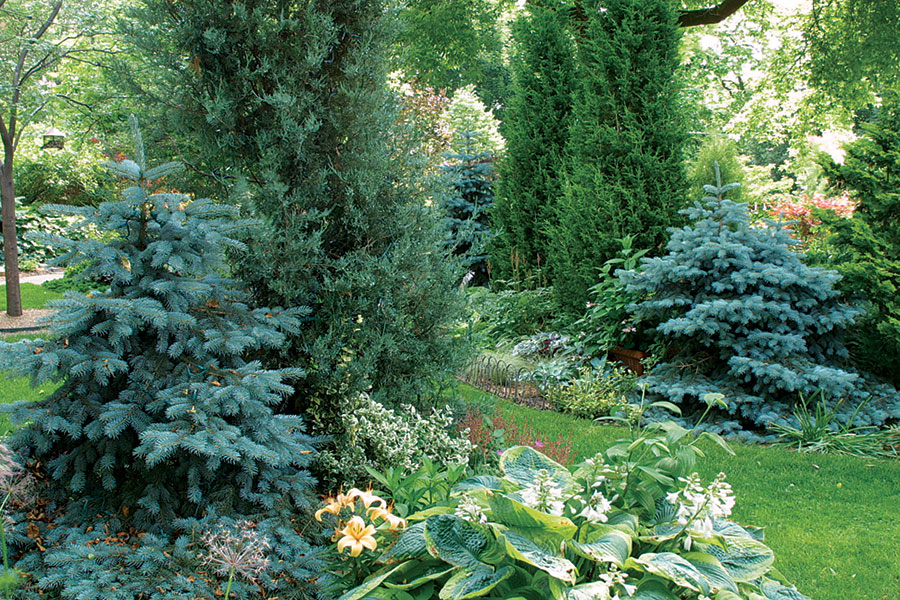
- A blue spruce tree with a juniper shrub in the foreground. The juniper shrub has a similar color to the blue spruce, but its more rounded shape helps to add some visual interest to the landscape.
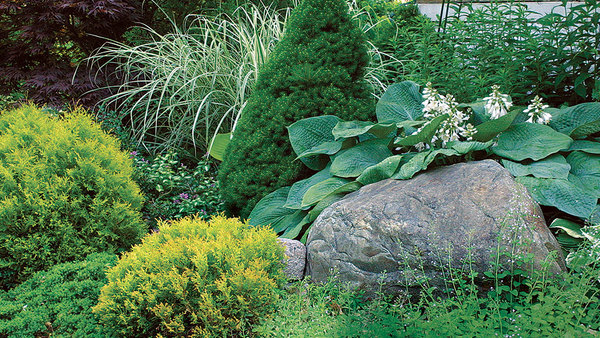
- A blue spruce tree with a rhododendron bush in the background. The rhododendron bush has bright pink flowers in the spring, which provide a nice contrast to the blue needles of the blue spruce.

- A blue spruce tree with a heather plant in the foreground. The heather plant has small, purple flowers that bloom in the spring and summer. The flowers of the heather plant help to add some color to the landscape, and they also attract butterflies and other pollinators.
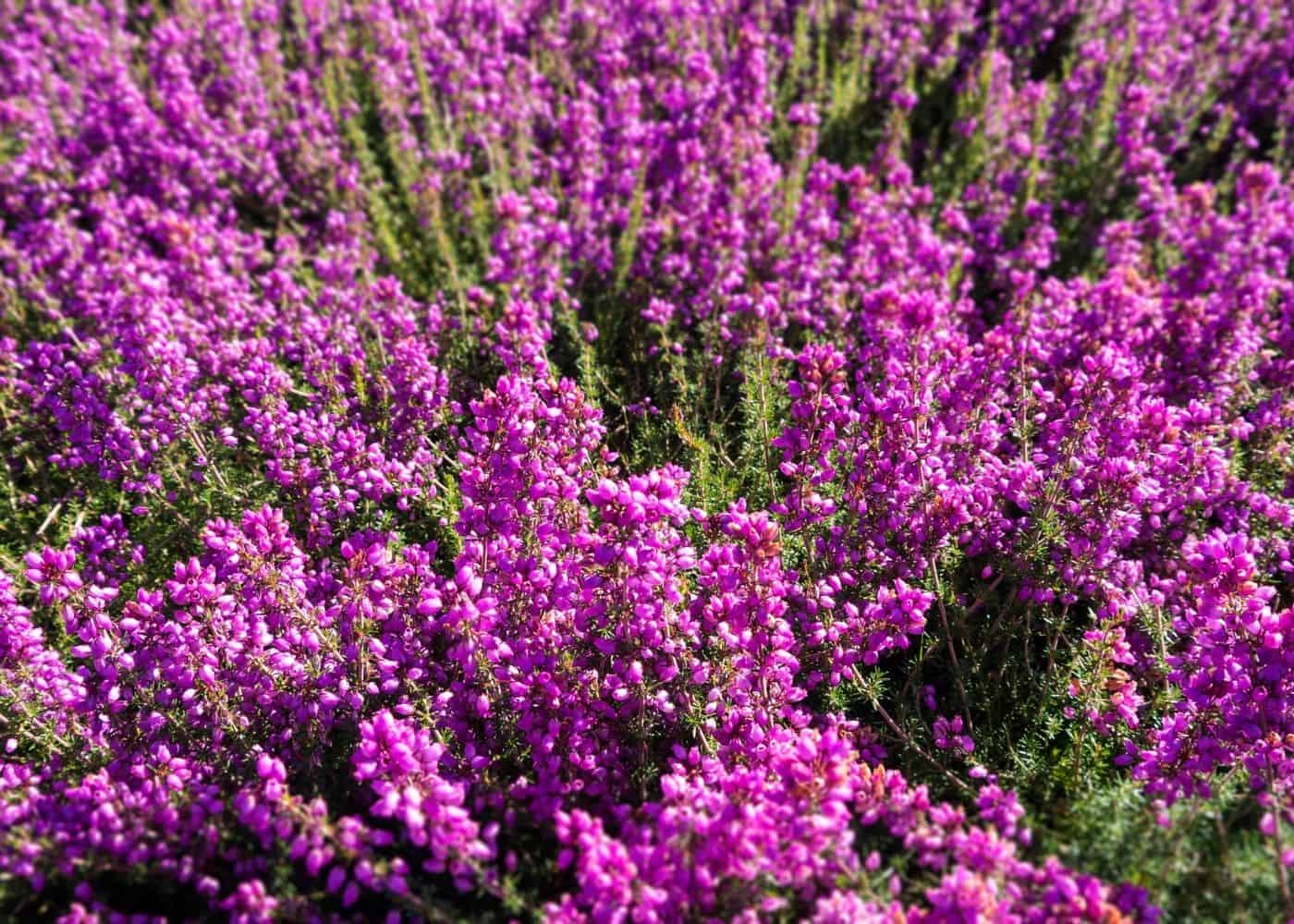
- A blue spruce tree with a mountain laurel bush in the background. The mountain laurel bush has white flowers in the spring, which provide a nice contrast to the blue needles of the blue spruce. The mountain laurel bush is also a good choice for shady areas, as it can tolerate partial shade.
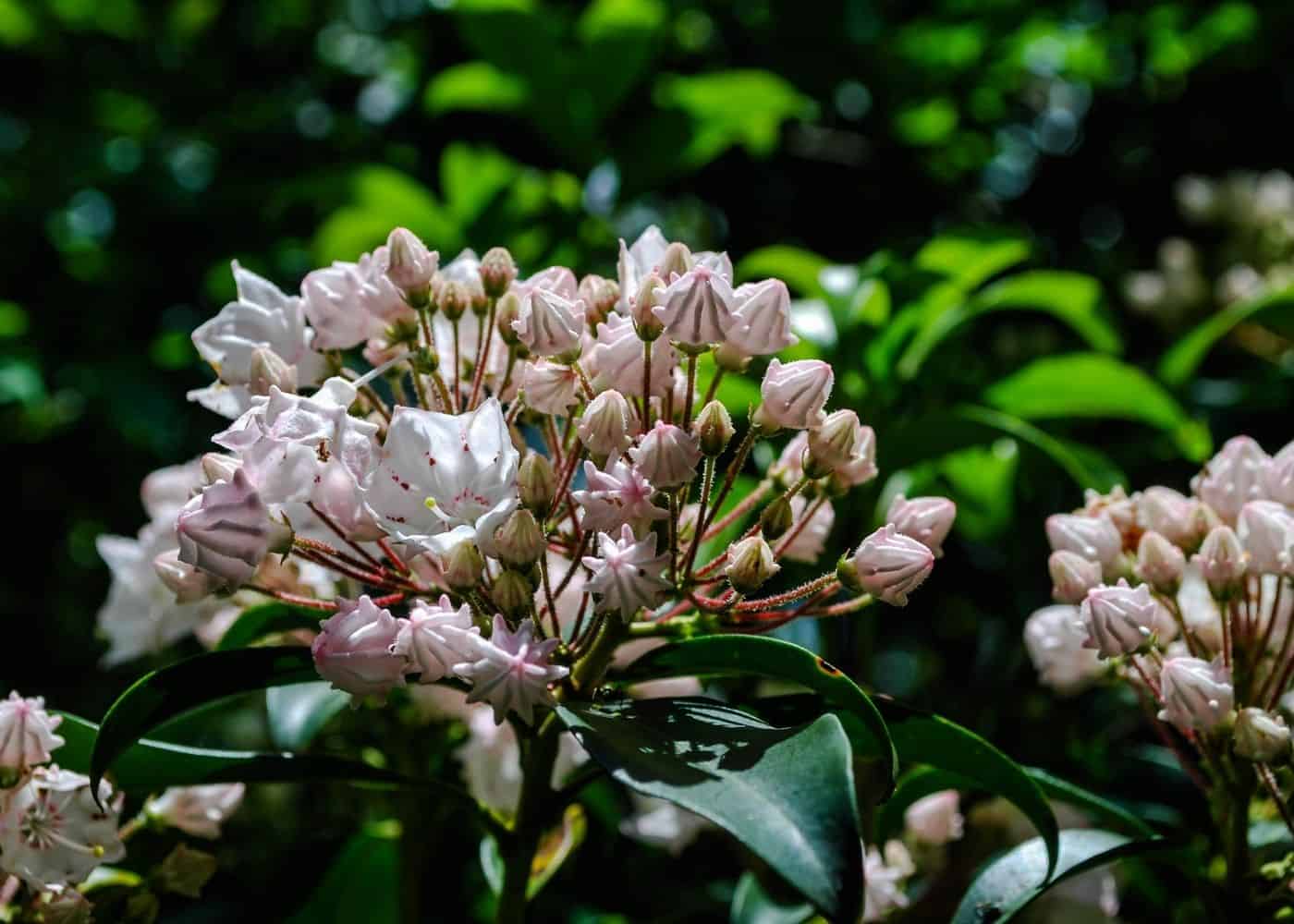
- A blue spruce tree with a hydrangea shrub in the background. The hydrangea shrub has large, colorful flowers that bloom in the summer. The flowers of the hydrangea shrub can be blue, pink, or white, depending on the variety.
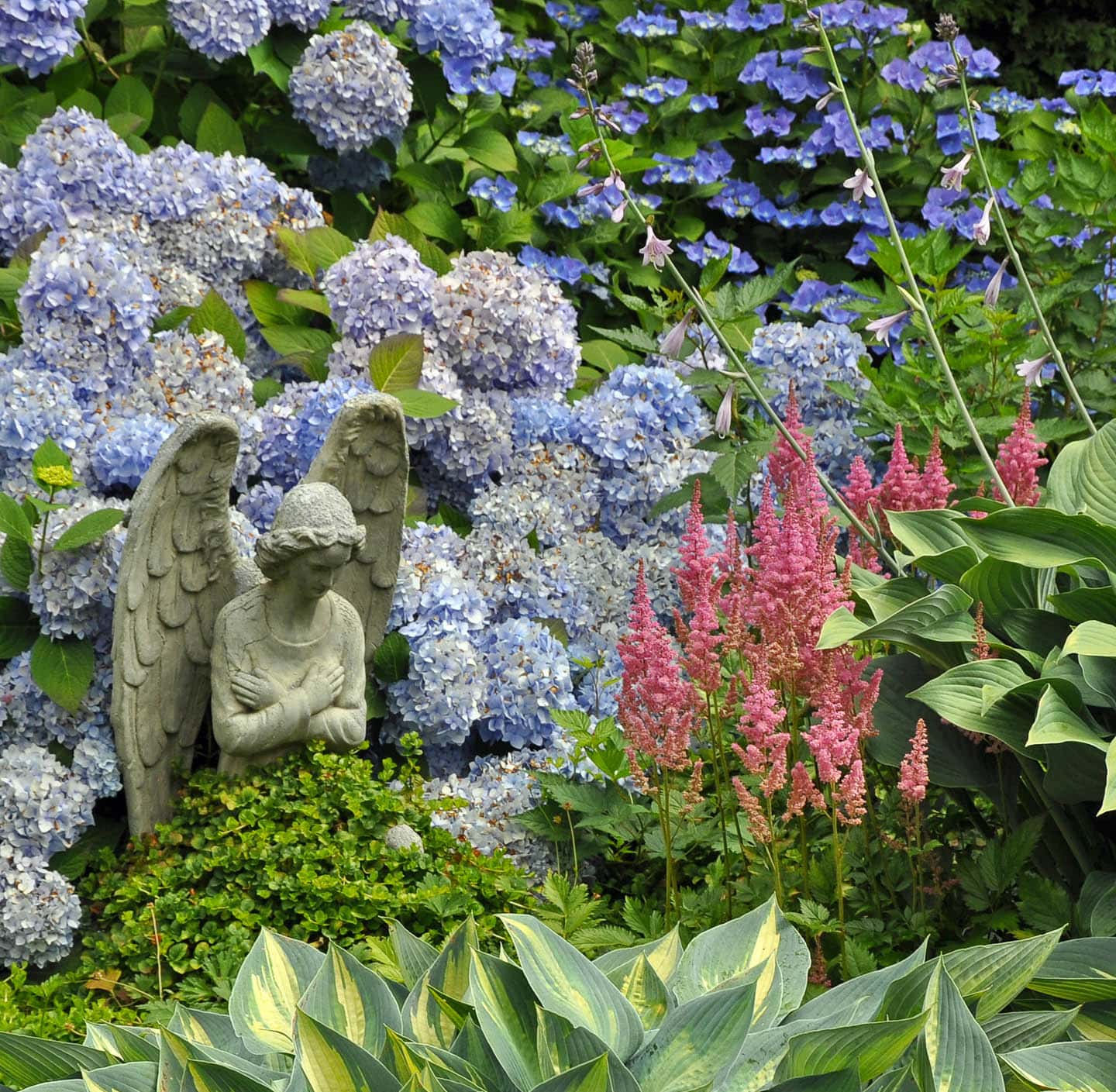
- A blue spruce tree with a burning bush shrub in the background. The burning bush shrub has bright orange-red leaves in the fall, which provide a nice contrast to the blue needles of the blue spruce.

- A blue spruce tree with a winterberry shrub in the background. The winterberry shrub has red berries that persist on the branches throughout the winter. The berries of the winterberry shrub provide food for birds and other wildlife.

- A blue spruce tree with a coral bark dogwood tree in the background. The coral bark dogwood tree has bright orange-red bark that is especially noticeable in the winter. The coral bark dogwood tree is also a good choice for shady areas, as it can tolerate partial shade.
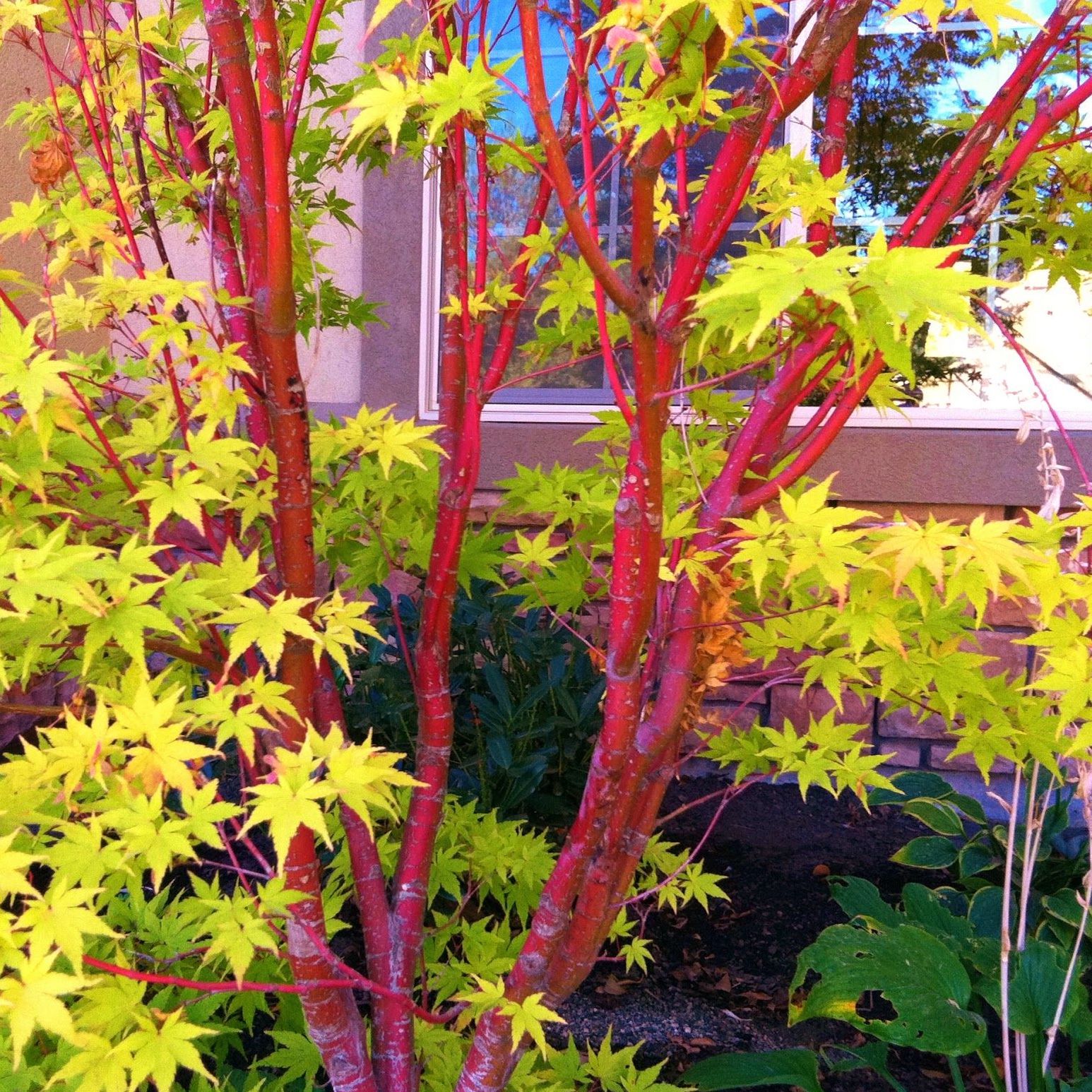
- A blue spruce tree with a Japanese maple tree in the background. The Japanese maple tree has a variety of leaf colors, including red, orange, yellow, and green. The Japanese maple tree is also a good choice for shady areas, as it can tolerate partial shade.
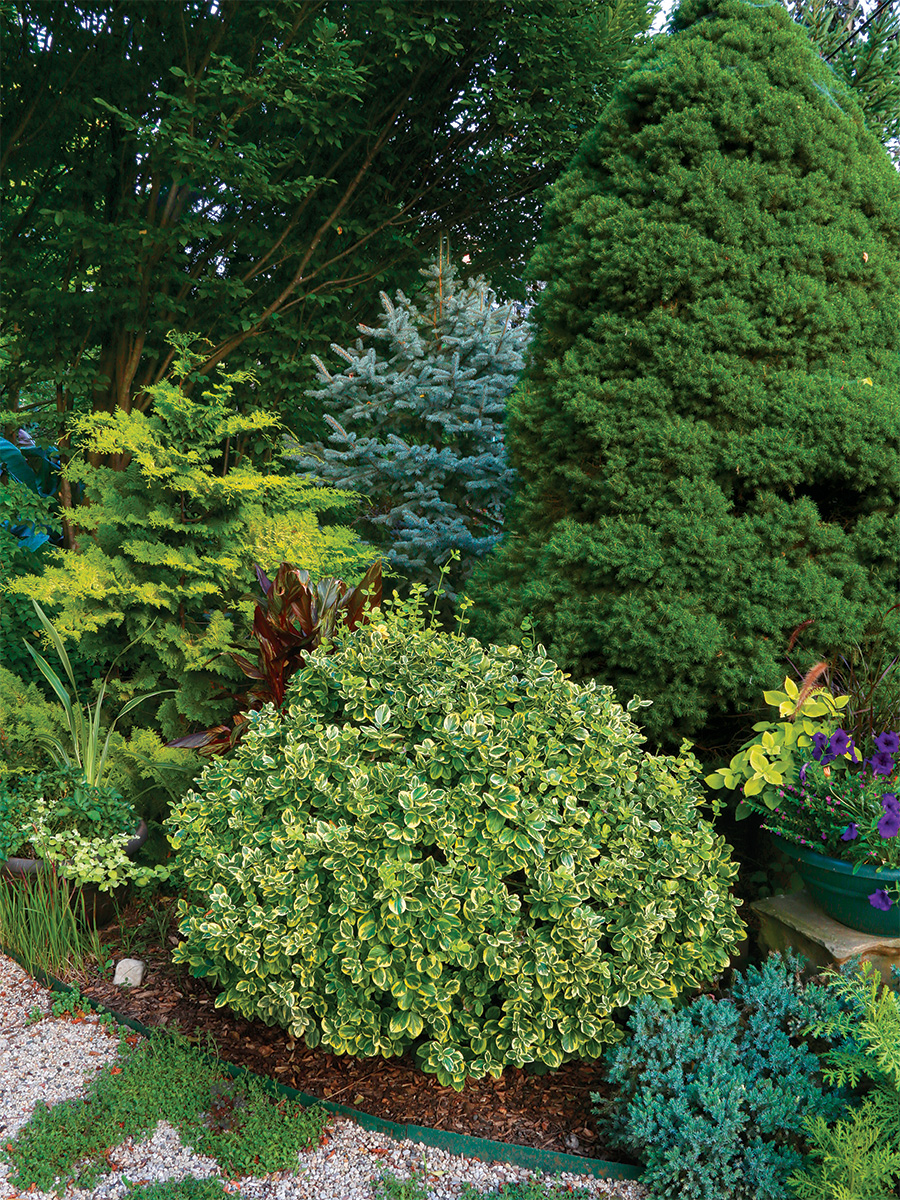
Post a Comment for " Best Blue Spruce Companion Plants"